Reportar esta entrada
Más sobre la misma comunidad-colección
William Lee Petroff - 1965 - El Paso, Tejas
Bill Petroff - police officer who retired in 1977 - rank was ...
Lulac Sweetheart Charity Ball - 1971
Adela (Lily) Lerma - Mercado contestant for Lulac Sweetheart ...
Boda - El Camino Real Hotel - 2000 - El Paso, Texas
Wedding at the El Camino Real Hotel - left to right - Pedro ...
"Clásico" de Alejandro Briseño - El Paso, Tejas
The Consulate General of Mexico and Centro Cultural Mexicano ...
Edward J. McVay y un trabajador - Pavimentando las carreteras de El Paso, Texas
Edward J. McVay spent his life working in many different ...
Edward J. McVay Pavimentando las carreteras de El Paso, Texas
Edward J. McVay spent his life working in many different ...
Edward J. McVay Pavimentando las carreteras de El Paso, Texas
Edward J. McVay spent his life working in many different ...
La apertura de San Jacinto Plaza - 2016
San Jacinto Plaza Opening - 2016 Photograph during the San ...
La apertura de San Jacinto Plaza - 2016
San Jacinto Plaza Opening - 2016 Photograph during the San ...
La apertura de San Jacinto Plaza - 2016
Photograph during the San Jacinto Plaza Opening - 2016 Ashley ...
La apertura de San Jacinto Plaza - 2016
Photograph during the San Jacinto Plaza Opening - 2016 Ashley ...
La apertura de San Jacinto Plaza - 2016
Photograph during the San Jacinto Plaza Opening - 2016 Ashley ...
La apertura de San Jacinto Plaza - 2016
The mascot for the El Paso Public Library - celebrating opening ...
La apertura de San Jacinto Plaza - 2016
Mascot for the El Paso Public Library -- celebrating the opening ...
La apertura de San Jacinto Plaza - 2016
Members of the El Paso Fire Department at the opening for San ...
La apertura de San Jacinto Plaza - 2016
Members of the El Paso Fire Department at the opening for San ...







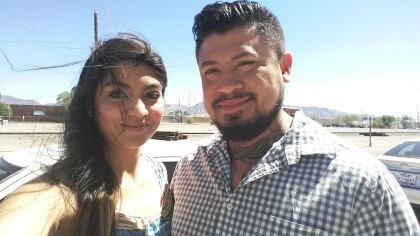
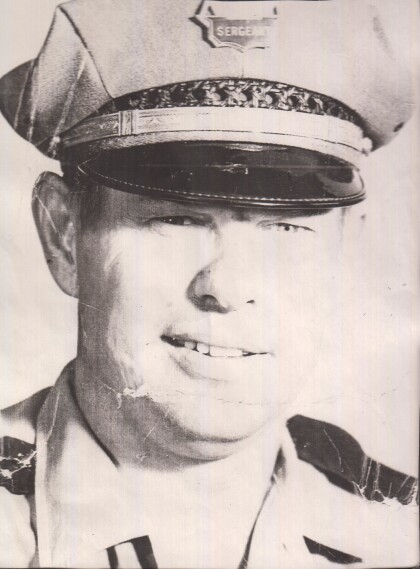
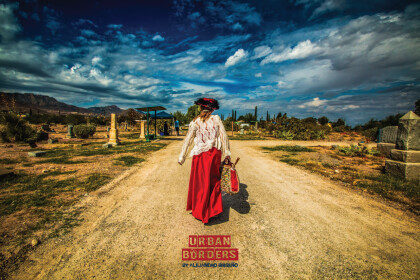
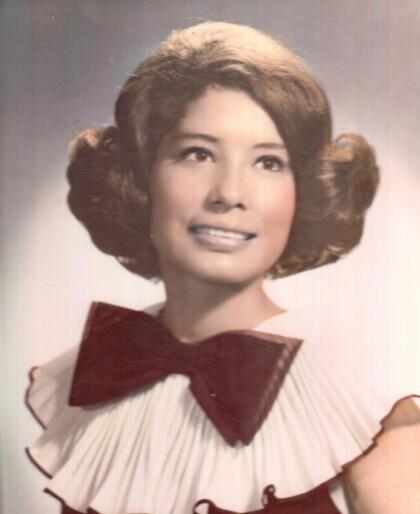
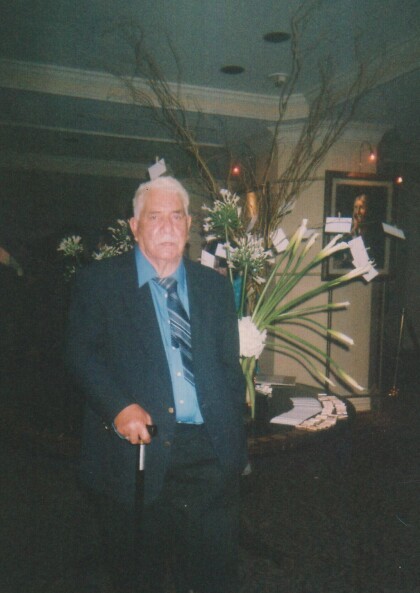
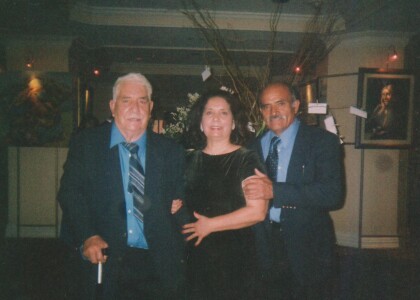
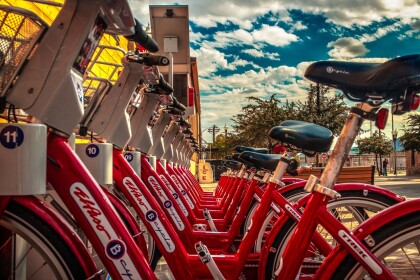
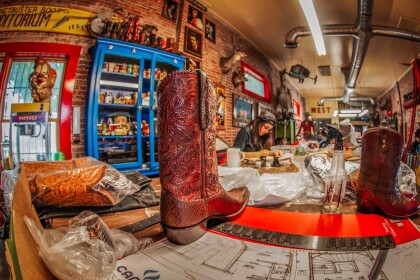
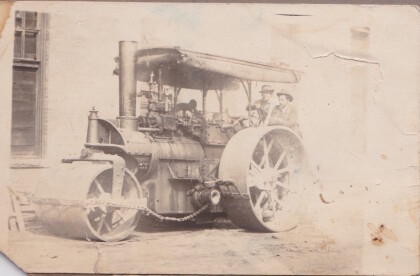
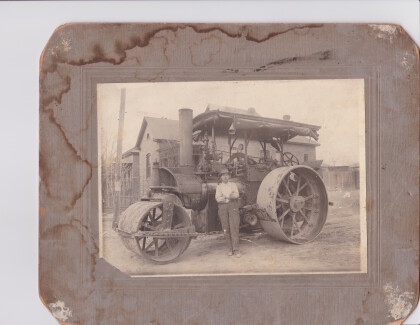
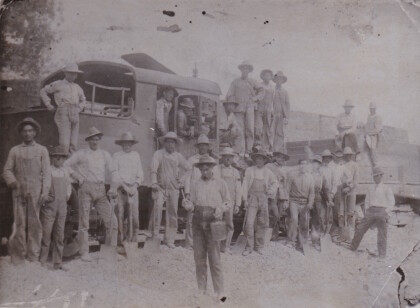
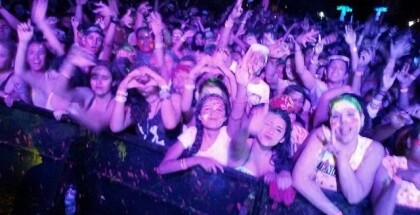
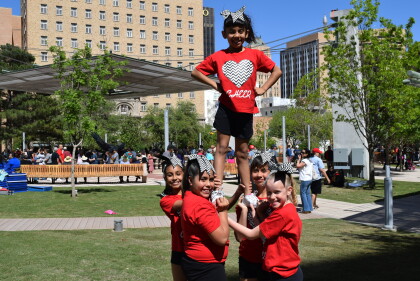
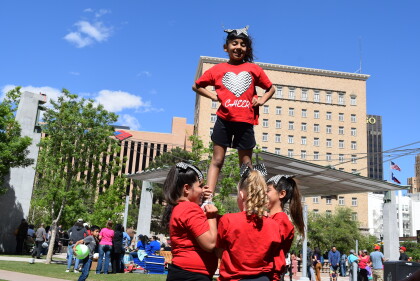
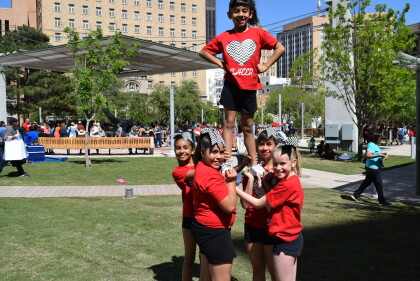
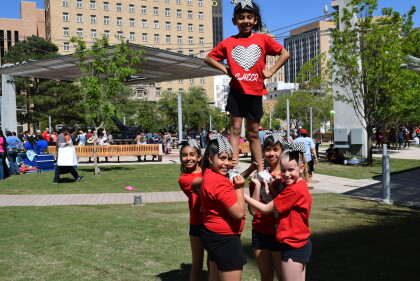
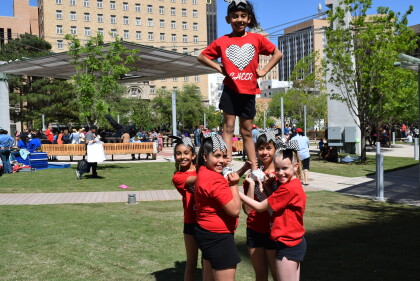
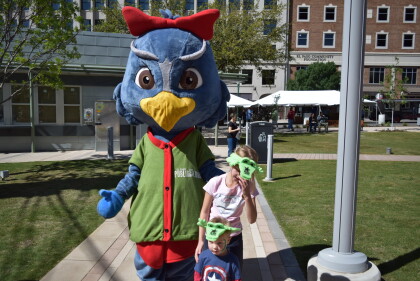

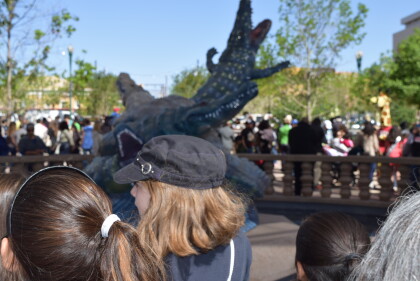

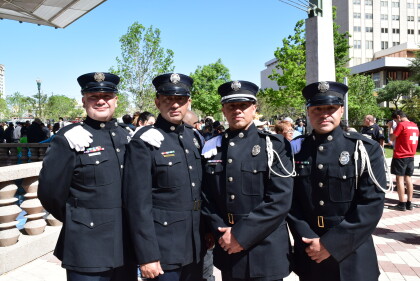
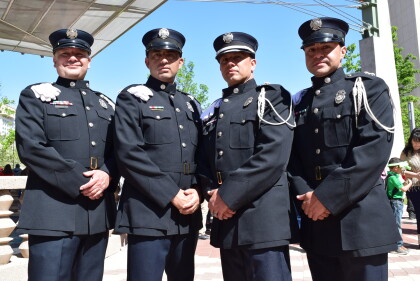
Comentarios
Hacer un comentario